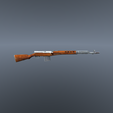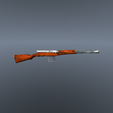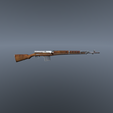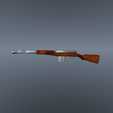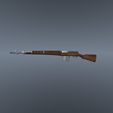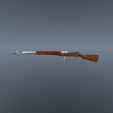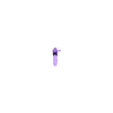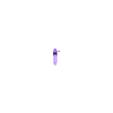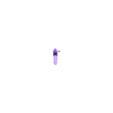You can obtain three weapon designs, which are different types of weapons that can be seen in detail, including:
SKT-40
SVT 40
SVT-38
The SVT-40 (Samozaryadnaya Vintovka Tokareva, Obrazets 1940 goda, "Tokarev self-loading rifle, model of 1940", Russian: Самозарядная винтовка Токарева, образец 1940 года) is a Soviet semi-automatic battle rifle that saw widespread service during and after World War II. It was intended to be the new service rifle of the Soviet Red Army, but its production was disrupted by the German invasion in 1941, resulting in a change back to the Mosin–Nagant rifle for the duration of World War II.
In 1938, Tokarev's rifle was accepted for production, under the designation SVT-38 with hopes that it would become the new standard issue rifle of the Red Army. Ambitious production plans anticipated two million rifles per year by 1942. Production began at Tula Arsenal in July 1939 (production at Izhmash began in late 1939).[8]
The SVT-38 is a gas-operated rifle with a short-stroke, spring-loaded piston above the barrel and a tilting bolt,[1] a system that would later be used in the FN FAL.[9] The SVT-38 was equipped with a bayonet and a 10-round detachable magazine. The receiver was open-top, which enabled reloading of the magazine using five-round Mosin–Nagant stripper clips.[9] The sniper variant had an additional locking notch for a see-through scope mount and was equipped with a 3.5×21 PU telescopic sight.[9]
The SVT-38 saw its combat debut in the 1939–1940 Winter War with Finland. The rifle had many design flaws, as its gas port was prone to fouling, the magazine would sometimes fall out during use, and it was inaccurate, only being effective up to 600m.[9] Production of the SVT-38 was terminated in April 1940 after some 150,000 examples had been manufactured.
With the removal of the SVT-38 from service, an improved design, the SVT-40, entered production. It was a more refined, lighter design incorporating a folding magazine release and lightening cuts. The hand guard was now of one-piece construction and the cleaning rod was housed under the barrel. Other changes were made to simplify manufacturing. Production of the improved version began in July 1940 at Tula and later at factories in Izhevsk and Podolsk. Production of the Mosin–Nagant M1891/30 bolt-action rifle continued, and it remained the standard-issue rifle to Red Army troops, with the SVT-40 more often issued to non-commissioned officers[citation needed] and elite units like the naval infantry. Since these factories already had experience manufacturing the SVT-38, output increased quickly and an estimated 70,000 SVT-40s were produced in 1940.
A shorter carbine version SKT-40 (СКТ-40) was designed in 1940 and was submitted to a competitive test with a design of Simonov in the same year; neither was accepted for service.[12] Later, a prototype version chambered for the new, shorter, 7.62×39mm round was developed, but was not accepted for production.[11] An assault rifle based on a scaled-down SVT with 7.62x41mm chambering called the AT-44 was also put into development, competing with the AS-44 design. It failed to be accepted for similar reliability issues as the AVT.[13] A silenced variation was also experimented with, though it too ended in failure.[14][15]
I have set them to a 1:35/1:72 ratio for easy printing, and the size comes from the data provided by the encyclopedia. You can adjust its size to any place by yourself.
Note: If using the model for 3D printing, model repairs may be needed

/https://fbi.cults3d.com/uploaders/27658003/illustration-file/c0e033d5-70a0-4e4a-861d-b8fdf3a2a952/svt_40_-3840x2160.png)
